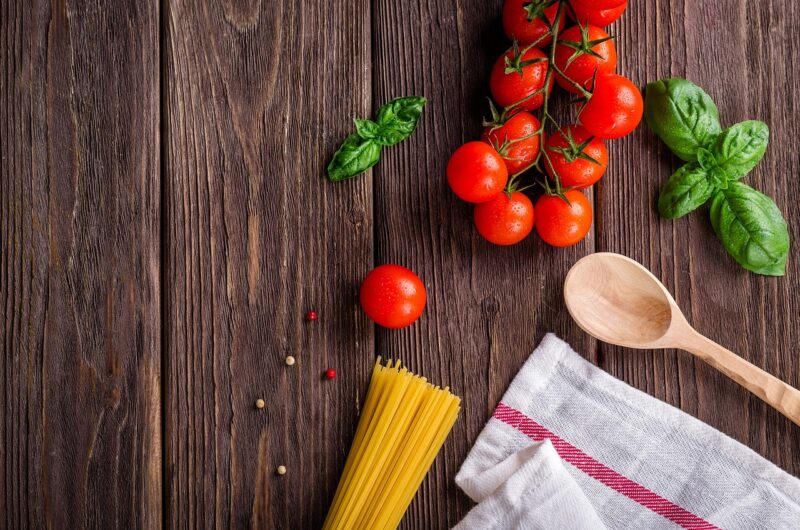How Food Reflects Culture: Exploring Global Dishes and Their Origins
November 16, 2024

Food is an essential aspect of any culture, serving as both a unifying force and a reflection of a community’s values, beliefs, and history. Throughout history, the variety and preparation of meals have always mirrored the societies in which they developed, acting as a window into the lives and customs of different people.
1. Understanding the Connection Between Food and Culture
As diverse as the world’s cultures are, food remains a common thread that connects people. Everything from the ingredients used to the cooking techniques can provide insights into a culture’s environment, geography, climate, and economy.
For example, in coastal regions like Japan, rice and seafood prominently feature in their cuisine due to the country’s geography. On the other hand, landlocked countries may rely more on hearty grains and livestock. Such correlations between food and geography underscore that cuisine is one of the most tangible representations of cultural identity.
2. The Role of Food in Historical Context
Food is not merely a source of nutrition but often holds deep historical significance. Take, for instance, the spice trade that connected the East and West. Spices were once considered more valuable than gold, shaping economies and influencing exploration. The popularity of certain dishes can be traced back to this trade; for instance, curry dishes in India are rich in an array of spices that reflect the historical connections with traders and their cultural exchanges.
Similarly, dishes like Italian pasta have historical significance, reflecting the agricultural practices of Italy. Wheat cultivation has deep roots in Italy, and pasta became a staple that evolved through centuries of cultural and culinary experimentation.
3. Global Dishes and Their Cultural Significance
Let’s explore a few global dishes and understand what they symbolize within their respective cultures:
3.1. Sushi (Japan)
Sushi is not just a dish; it’s a culinary art form that embodies Japanese culture. The presentation of sushi reflects the Japanese value of aesthetics, and the technique of making sushi has evolved over centuries. The use of fresh, seasonal ingredients emphasizes Japan’s connection to nature and the concept of “shun” (seasonality).
3.2. Tacos (Mexico)
Tacos are a quintessential representation of Mexican cuisine, symbolizing the fusion of indigenous ingredients and Spanish influences. The variety of fillings—from barbacoa to fish—reflects Mexico’s rich agricultural diversity and regional preferences. Tacos are often eaten communally, reinforcing the Mexican value of family and togetherness.
3.3. Curry (India)
Curry represents India’s vast array of spices and regional variations. Each region in India has its unique interpretation of curry, shaped by local culture and available ingredients. For instance, North Indian curry tends to be creamier due to the presence of dairy, while South Indian curry often incorporates coconut. Curries embody the Indian philosophy of balancing flavors, making them not just meals but gateways into the country’s spiritual and cultural ethos.
3.4. Pasta (Italy)
Pasta is a symbol of Italian culture, showcasing simplicity, quality ingredients, and tradition. Italy’s emphasis on fresh produce and regional specialties is reflected in the countless pasta sauces across different regions—from the rich ragù of Bologna to the light olio e aglio of Naples. The communal aspect of enjoying pasta, often served during family gatherings, emphasizes the Italian value placed on family and shared meals.
4. Food as a Struggle for Identity
In today’s globalized world, food often becomes a point of struggle for identity. Immigrant communities frequently navigate balancing traditional cuisine with the national dishes of their new countries.
Take, for instance, the adaptation of traditional dishes among immigrants. The introduction of fusion cuisine, where elements from two cuisines merge to create something new, illustrates how food can create cultural bridges.
For example, Korean tacos combine the flavors of Korean barbecue with traditional Mexican taco elements, reflecting a blending of cultures while still honoring flavors and cooking techniques. This culinary innovation allows for the celebration of heritage while adapting to a new environment.
5. The Future of Food Culture
As we move forward, food culture continues to evolve. Issues like sustainability, ethical eating, and health consciousness are becoming more pronounced. The rise of plant-based diets is a response to environmental concerns, and this shift shows how modern culture can influence dining habits.
Moreover, social media significantly impacts food culture. Platforms such as Instagram and TikTok promote food trends, leading to the widespread adaptation of dishes worldwide, sometimes even overshadowing traditional practices. Trends like the avocado toast phenomenon exemplify how a simple dish can become a global sensation, elevating it to a cultural icon.
Meanwhile, culinary tourism encourages people to experience local cultures through food, deepening the relationship between food and culture. Cooking classes, food trails, and local markets promote understanding and appreciation for culinary traditions worldwide.
Conclusion
Food is not merely sustenance; it encapsulates cultural narratives, social values, and historical significance. By exploring dishes from various cultures, we gain insights into the shared humanity that transcends geographical boundaries. Food becomes a storyteller, inviting us to appreciate the rich tapestry of life represented on our plates. Understanding and celebrating this culinary diversity can pave the way for a more inclusive, compassionate world, where the appreciation of food leads to a better understanding of ourselves and one another.
Through each meal, we learn about traditions, resilience, and the ongoing story of our human experience. The exploration of food and its cultural implications will remain a vital area of inquiry, deepening our understanding of connection in a diverse world.








